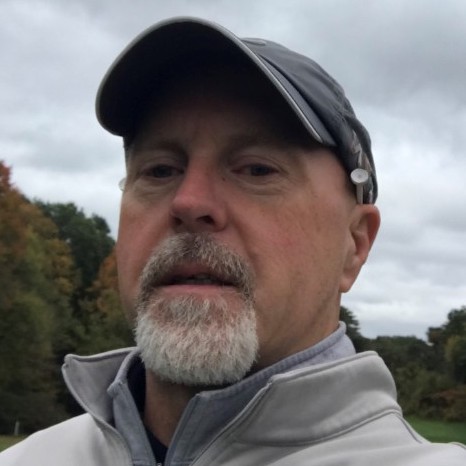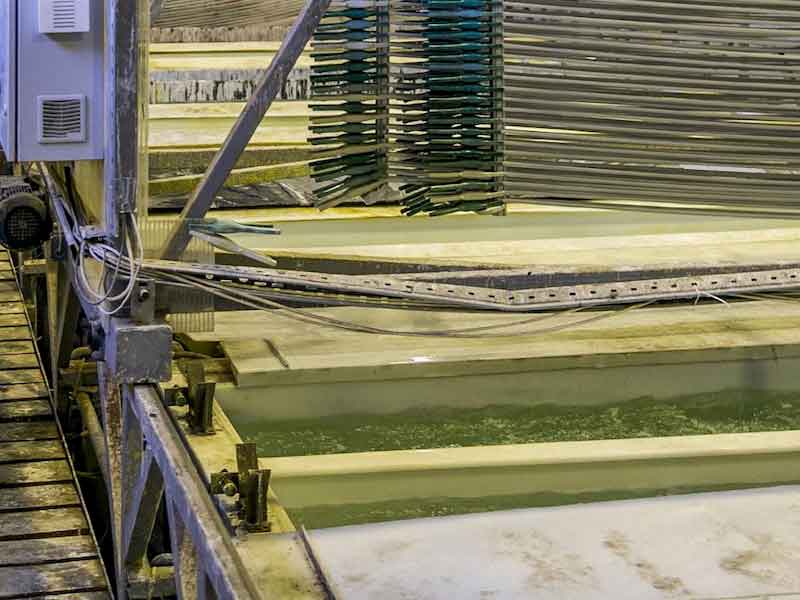Like most manufacturers in the automotive industry, the difference between profit and loss can often be measured by single-digits. Realizing a 1%-2% savings in operating costs can help bottom-line margins improve significantly.
 Michael FrechetteRecently, Hubbard-Hall was asked by a manufacturer in the automotive sector to assist them with cost-savings in their part cleaning operations. They were spending in excess of $100,000 per year in cleaning chemical costs, but they were also giving them an abnormal rate of rejects in the subsequent plating operation because of poor cleaning and filtration.
Michael FrechetteRecently, Hubbard-Hall was asked by a manufacturer in the automotive sector to assist them with cost-savings in their part cleaning operations. They were spending in excess of $100,000 per year in cleaning chemical costs, but they were also giving them an abnormal rate of rejects in the subsequent plating operation because of poor cleaning and filtration.
Hubbard-Hall’s experienced audit team inspected the cleaning operation and examined all of the components of the system, both upstream and down. After analyzing samples and reviewing equipment and chemicals that were being utilized, the Hubbard-Hall team advised that their Aquaease® Infinity technology would not only save the manufacturer significant amounts of money but also could improve their plating operations by reducing reject rates with better cleaning consistency.
In fact, when Hubbard-Hall suggested they could save upwards of 35% on chemical costs, the manufacturer was surprised but also cautious, says Michael Frechette.
35% Cost Savings Seemed “Too Good to be True”
“They were intrigued because every day they are looking for 1% or 2% percent savings,” Frechette says. “The 35% would give them a huge cost competitive advantage. To them, it seemed a little too good to be true.”
Aquaease® Infinity is a membrane technology, which reclaims 98% of a current cleaner, thus utilizing less chemistry. It also gives you a better and more consistent cleaning bath while reducing waste since the facility is not throwing out good cleaner and water. Membrane technology has been available in the cleaning industry for years, but it is important to have quality material in the membrane, as well as to pair it with the correct chemistry.
“A manufacturing environment can be harsh on most membranes,” Frechette says. “The Aquaease® Infinity is a very durable sintered stainless steel membrane, so it’s suitable for the environment that it’s being utilized. It can be used at a pH is from zero to 14 and at a temperature of 0°F to 200°F, so it opens up the spectrum of applications and the types of cleaners we can realize with the technology.”
Many cleaners are not suitable for membrane technology, and they will often, unfortunately, remove good components as the bath passes through the membrane. Frechette says the Aquaease Infinity line of cleaners is specifically designed for membrane technology to maintain their effectiveness long-term.
Improved Cleaning Effectiveness in Your Bath
“They’re designed to not lose good components while they’re being filtered,” Frechette says. “Only to lose the 2% that is essential oils and soils is the goal, which means that you don’t lose cleaning effectiveness in your bath, ever.”
During Hubbard-Hall’s trial run with Aquaease® Infinity, the results exceeded the manufacturer’s expectations and more.
“It even exceeded our expectations,” Frechette says. “During the trial, one of the surprises was that they were dragging fewer organics into their plating baths, which resulted in them not having to do carbon treatments as often. That meant that they improved their uptime.”
The manufacturer also had fewer quality defects on their subsequent plating operations, an additional benefit beyond the waste treatment reduction and the cost savings.
“It was something we learned, something they learned, and something we will pass on to other customers,” Frechette says.
Selling Less Chemistry, But More Value
The customer has now been utilizing the technology for about 20 months and has not dumped one cleaner bath. They’ve also been able to maintain cleaner effectiveness and use the same cleaner for more than 20 months; they were dumping it basically every two weeks before.
“Which is pretty amazing and surprising to them,” Frechette says. “Not to us, but to them.”
The manufacturer was spending close to $100,000 a year on just cleaning chemistry, and Frechette says that’s been reduced down to about $65,000. The $65,000 includes the cost of the equipment. This equipment for the technology is leased, versus having to purchase any capital equipment.
“With the fewer quality defects and the cost of the leased equipment, their savings is more than $35,000 a year,” Frechette says. “It seems unorthodox that we introduced them to technology that would have us sell them less chemistry, but we take a long term approach with our customers. We want to bring value to our customers.”
Visit www.hubbardhall.com



































